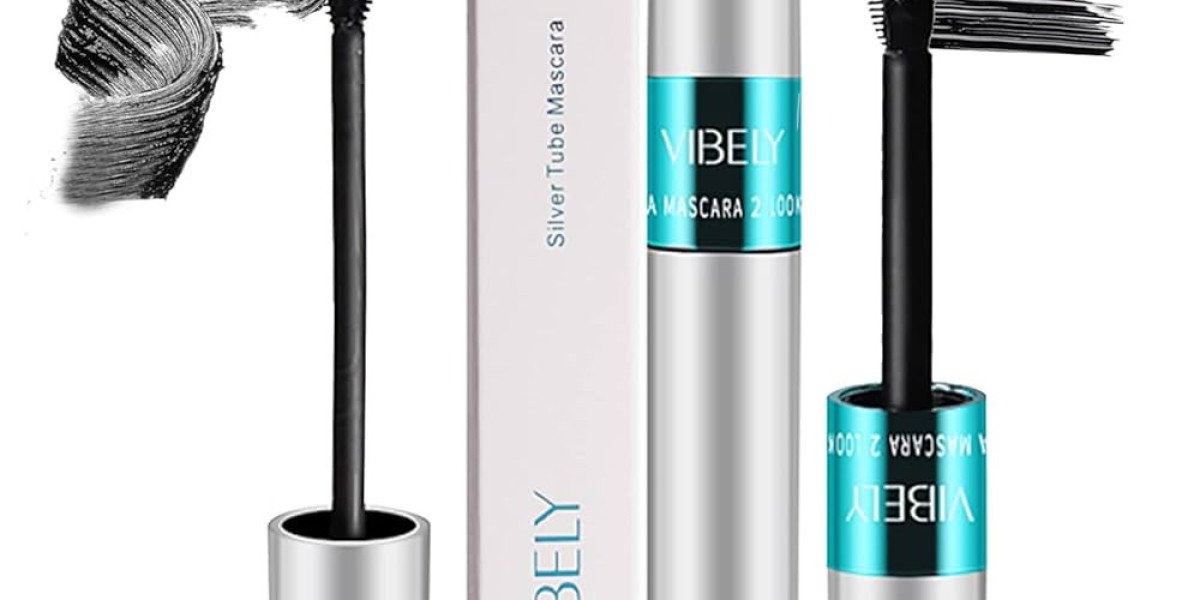Buying a car can be exciting but buying a salvage car is a whole different adventure. It’s not just about getting a good deal; it’s about knowing the risks, the rules, and the rewards.
In Australia, many people buy salvage cars to repair, reuse parts, or resell. But if you’re not careful, what looks like a bargain could become a costly mistake. That’s why understanding the process, the paperwork, and the role of scrap car removal services is so important.
Here’s a simple, step-by-step guide to buying a salvage car safely in Australia, so you can make a smart and confident decision.
Step 1: Understand What a Salvage Car Is
A salvage car is a vehicle that’s been damaged to the point where an insurance company has declared it uneconomical to repair. This could be due to:
Major accident damage
Flood or fire damage
Theft recovery (where the car was stolen and later found)
These cars are usually sold at auction or through car removal yards. Some are repairable and can legally return to the road after inspection, while others are only good for parts or scrap.
If your goal is to save money, a repairable write-off could be a great choice. But if you’re only after valuable parts or metals, scrap car removal might be the better route.
Step 2: Know the Categories of Write-Offs
In Australia, every salvage vehicle is classified into one of two categories under the Written-Off Vehicle Register (WOVR):
Statutory Write-Offs – These are vehicles that can never be registered again. They’re often used for parts recycling or scrap metal.
Repairable Write-Offs – These can be repaired and re-registered, but only after passing strict safety inspections.
When buying, make sure you check which category your vehicle belongs to. Statutory write-offs can still be a good deal if you plan to sell parts or use car removal Sydney services later to recycle what’s left.
Step 3: Research Before You Buy
Not all salvage cars are worth the investment. Before you bid or buy:
Check the VIN: Use the Personal Property Securities Register (PPSR) to ensure the car isn’t stolen or under finance.
Inspect for Hidden Damage: Sometimes, a car looks fine outside but has internal structural damage.
Estimate Repair Costs: Add up the parts, paint, and labor before deciding, it might not be as cheap as it looks.
Compare Market Value: Make sure you’re not paying more than what the car is worth after repair.
A good rule of thumb: if repair costs exceed 70% of the car’s post-repair value, it might not be worth it.
Step 4: Buy from a Reliable Source
Avoid random online sellers or unverified Facebook listings. Instead, consider:
Licensed salvage auctions like Pickles, Manheim, or GraysOnline.
Registered car removal companies that sell inspected repairable vehicles.
Buying through verified channels ensures transparency, legal paperwork, and clear history reports. Plus, if things don’t go as planned, you’ll have proof of purchase and a business to contact.
Step 5: Plan the Repairs Carefully
If you buy a repairable write-off, you’ll need to:
Get professional estimates from licensed mechanics.
Use genuine parts or high-quality alternatives.
Keep all receipts for every repair.
Once done, your vehicle must pass a Written-Off Vehicle Inspection (WOVI) and roadworthiness test before you can legally drive it again.
If the car ends up being beyond repair, you can still make the best of it through scrap car removal services that offer cash for damaged or non-running vehicles.
Step 6: Know When to Let Go
Sometimes, a salvage car just isn’t worth saving. Maybe the repairs are too expensive or the frame is beyond fixing. That’s where car removal services come in handy.
In cities like Sydney, car removal Sydney companies buy old, damaged, and salvage vehicles in any condition. They’ll pick up your car, pay you on the spot, and recycle the metals responsibly.
This not only saves you time and towing costs but also helps keep harmful materials out of landfills.
Step 7: Think Environmentally
Every salvage car eventually reaches its end. Choosing scrap car removal helps recycle valuable materials like steel, aluminum, and copper.
Car removal companies also ensure that hazardous substances like oils, coolants, and battery acids are safely disposed of. It’s a small but powerful way to contribute to a cleaner environment while getting some extra cash.
Step 8: Get the Best Deal
Before selling or scrapping your car, compare quotes from multiple car removal services. Some may offer better cash deals based on metal prices or demand for parts. Look for services that provide:
Free towing and pickup
Instant cash payments
Eco-friendly recycling practices
This ensures a smooth process from start to finish and more money in your pocket.
Conclusion
Buying a salvage car in Australia can be rewarding but it requires patience, knowledge, and smart decisions. Always research the car’s history, inspect for real damage, and calculate repair costs honestly.
If the numbers don’t add up, scrap car removal or car removal Sydney services are the safest backup plan. They’ll take the stress out of ownership and still give you fair value.
Remember, every salvage car has a story. Some deserve a second life on the road, while others are better off being recycled responsibly. Either way, you win, financially and environmentally.







